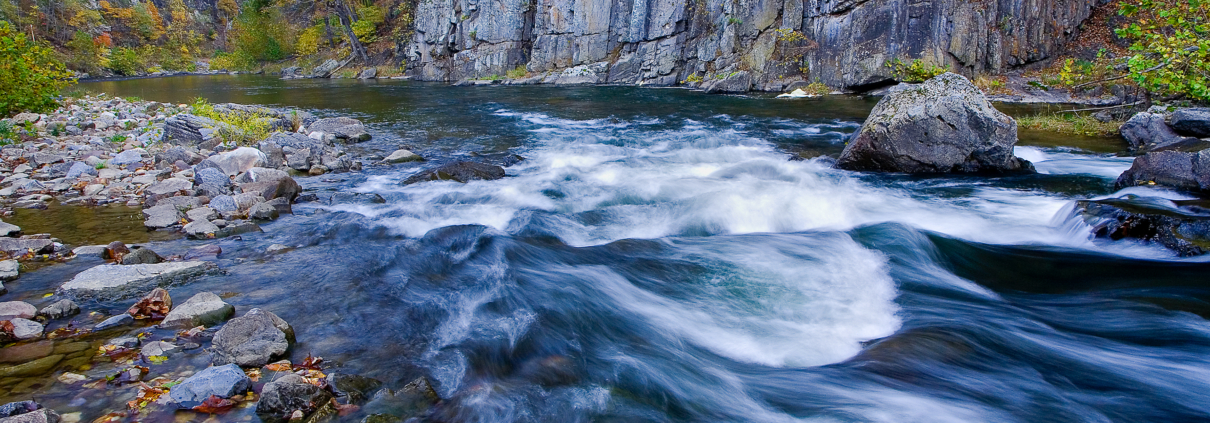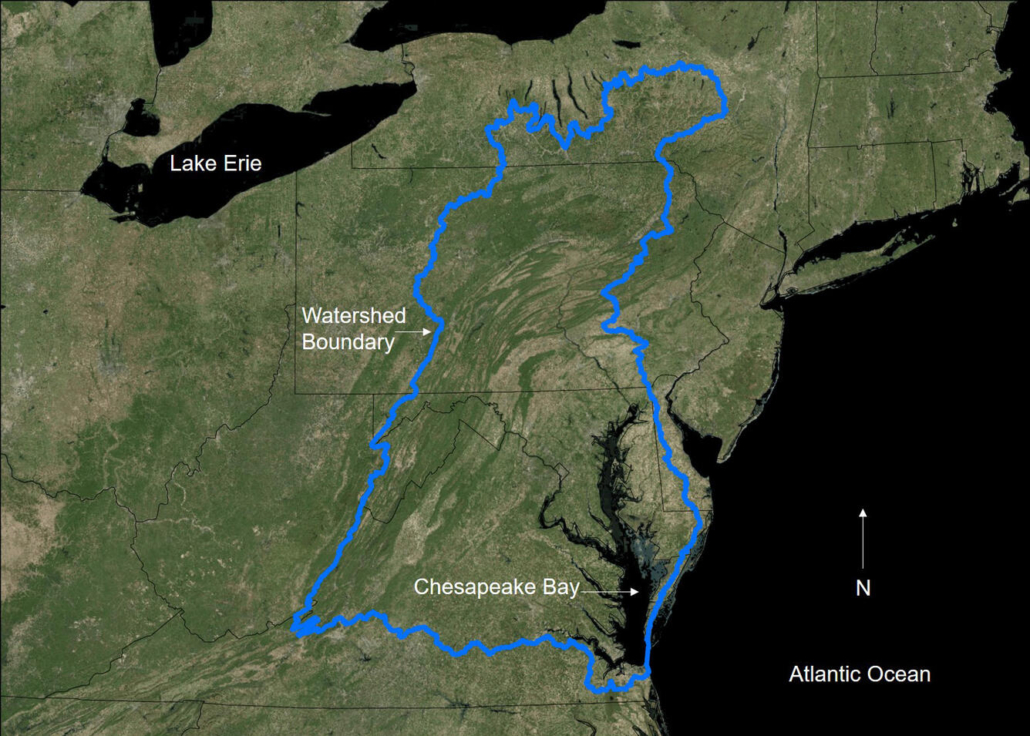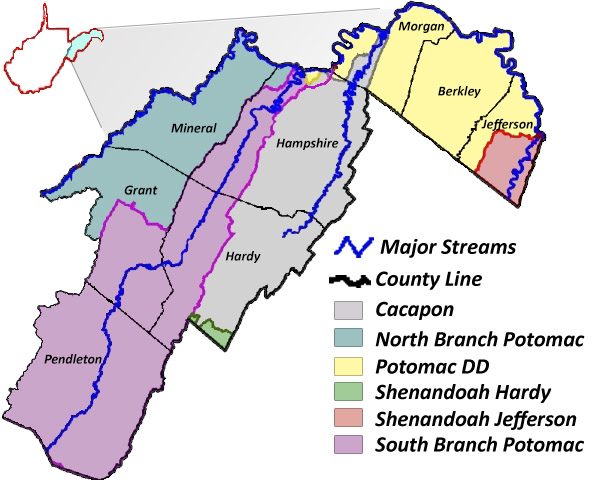Chesapeake Bay Watershed
The South Fork of the Potomac River. © Kent Mason
The Chesapeake Bay Watershed stretches across more than 64,000 square miles in West Virginia, Pennsylvania, Delaware, Maryland, New York, Virginia, and D.C.
The streams born in our mountains flow into major river systems that provide drinking water for much of the Mid-Atlantic. In fact, the two main tributaries of the Bay begin in West Virginia: the headwaters of the Potomac and James River both begin in the Mountain State.
The West Virginia portion of the Chesapeake Bay Watershed, about 14% of our land mass, includes Berkeley, Grant, Hampshire, Hardy, Jefferson, Mineral, Morgan, Pendleton, and small portions of Preston, Tucker, and Monroe counties.
The streams born in our mountains flow into major river systems that provide drinking water for much of the Mid-Atlantic. In fact, the two main tributaries of the Bay begin in West Virginia: the headwaters of the Potomac and James River both begin in the Mountain State.
The entire Chesapeake Bay watershed spans from New York through southern Virginia.
Fast Facts:
- Approximately 14% of the land area in our state (3,570 square miles) drains into the Bay.
- More than over 12% of the West Virginia’s population lives in the Chesapeake Bay watershed.
- The Chesapeake Bay watershed is home to more than 17.7 million people and growing.
- The Bay supports more than 2,700 species of plants and animals.
From Dunlap Creek in Monroe County to Opequon Creek in Berkeley County, WV Rivers Coalition works with community partners and organizations around the watershed to protect and restore West Virginia’s rivers and tributaries that flow into the Chesapeake Bay.
If you are interested in getting involved with watershed advocacy and restoration in this region, join your local watershed group and consider becoming a West Virginia Choose Clean Water Coalition member.
If you are interested in land conservation to protect drinking water, consider joining the Safe Water Conservation Collaborative.





